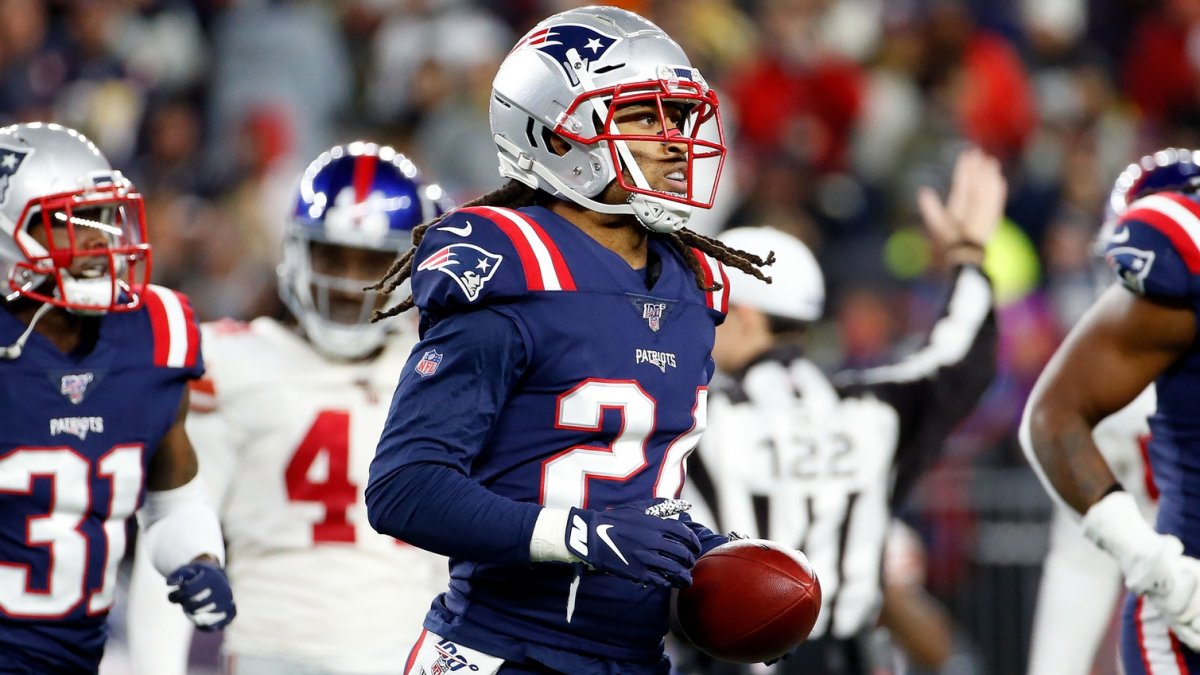When it comes to predicting fantasy football performance, the hardest positions to project on a week-to-week basis are the wide receiver and tight end positions, as both are directly affected by volume in the passing game and both have proved to be quite volatile from week to week.
As interest in both fantasy football and DFS continues to grow, we at PFF will continue to provide research as to which stats are predictive for fantasy and which are not. Last week, for example, we took a look at various defensive schemes — along with blitz rates, nickel rates and other aspects — to see if we could gather any insight. As a result of this study, we proved that using defensive scheme data does not provide enough signal to aid the fantasy football decision process.
This brings us to shadow coverage reports, which have become very popular thanks to PFF’s charting data. Let’s dive into the nuances of shadow coverage before seeing how worthwhile it is when trying to predict fantasy points.
[Subscribe to PFF EDGE or ELITE to gain access to our fantasy football rankings and projections, PFF Player Grades, premium content and more.]
Limitations or Misunderstandings of Shadow Coverage
Before we dig into the research, we need to develop a basic understanding of what shadow coverage is and how we can use it. Most often, shadow coverage is associated with man coverage, where the defensive back tails the wide receiver all over the field. This occasionally occurs, but it’s at nowhere near the 100% snap ratio that is often assumed in other analyses or matchup-based charts.
There is also nuance related to different coverage schemes and how they make shadow coverage appear. In 2019, only three NFL defenses played man coverage on over 50% of their passing snaps that occurred outside of the two-minute warning when the score differential was within two touchdowns. No team played man coverage over 60% of the time in these conditions.
To compound matters, no team is consistently matching up a defensive back on a specific receiver on 100% of man-coverage snaps. So, hitting a matchup threshold of even 40% of pass-route snaps is tough to do if you assume that shadow coverage occurs only in man-to-man situations.
This is where the PFF data comes in. Because we chart every player on every play, we have pre-snap data related to matchups that help serve shadow coverage reports.
We need to begin by looking at the pre-snap data alongside the post-snap data that lets us know who ended up in primary (or secondary) coverage on a receiver. An understanding of coverage schemes also allows us to add certain situations to our data set, which increases the occurrence of a specific defensive back shadowing a receiver on at least 40% of pass routes during a game.
By using this approach, we can look at the defensive backs who played the most shadow situations in 2019 at the game level.

DOMINATE FANTASY FOOTBALL & BETTING WITH AI-POWERED DATA & TOOLS TRUSTED BY ALL 32
 Unlimited Fantasy League Sync
Unlimited Fantasy League Sync
 Fantasy Start/Sit Line-Up Optimizer & Waiver Wire
Fantasy Start/Sit Line-Up Optimizer & Waiver Wire
 WR-CB & OL-DL Matchups, PFF Player Grades, & Premium Stats 2.0 Tools
WR-CB & OL-DL Matchups, PFF Player Grades, & Premium Stats 2.0 Tools
 Nathan Jahnkes Rankings - #1 Most Accurate Last 70 Weeks
Nathan Jahnkes Rankings - #1 Most Accurate Last 70 Weeks
 PFF Best Bets, Player Props, & Power Ranking Tools
PFF Best Bets, Player Props, & Power Ranking Tools
 NFL Mock Draft Sim with Trades & Draft Grades
NFL Mock Draft Sim with Trades & Draft Grades
Already have a subscription? Log In



 © 2024 PFF - all rights reserved.
© 2024 PFF - all rights reserved.